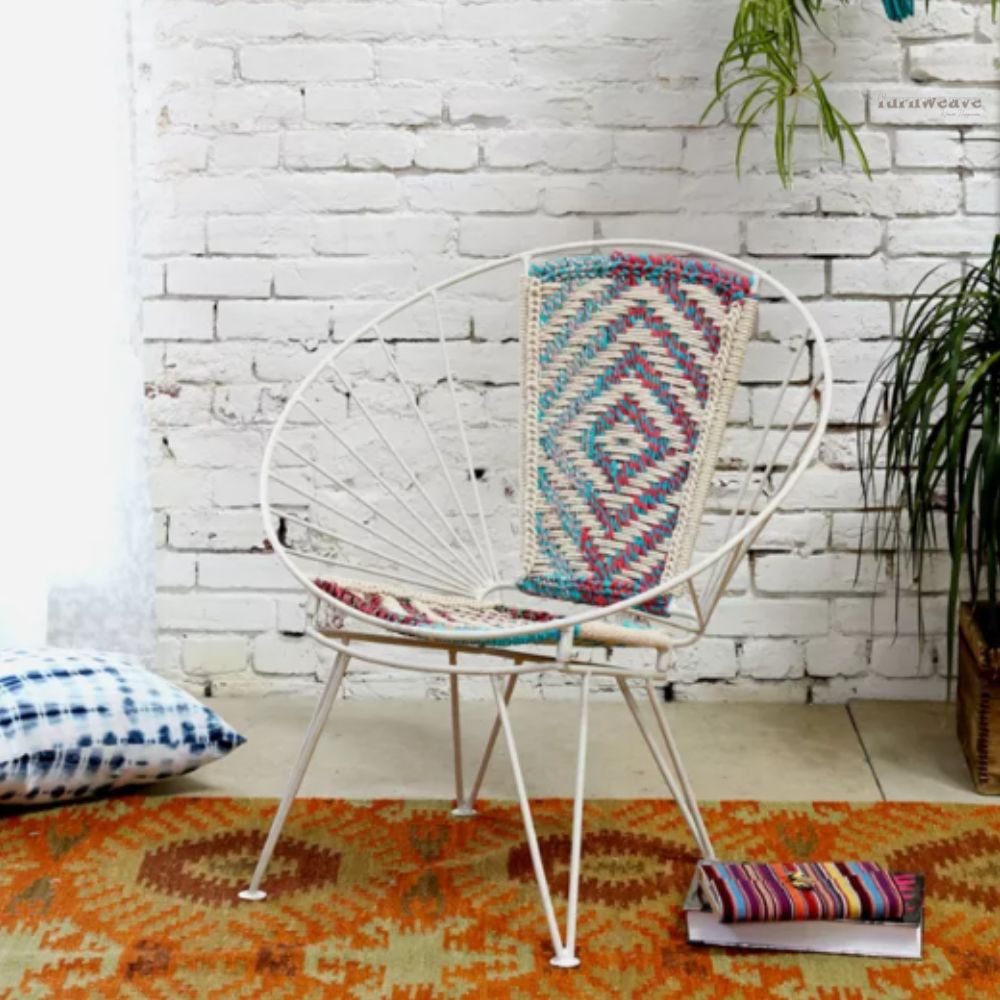The world of furniture is vast and varied, with numerous styles, materials, and techniques that often overlap or get confused with one another. One such common confusion is between woven furniture and wicker furniture. While both involve intricate weaving processes, they are distinct in their own right. Let’s dive deep into understanding these styles and decoding their differences.
The Essence of Woven Furniture
Woven Furniture in India has a rich history, deeply rooted in traditional craftsmanship. The essence of woven furniture lies in its technique, where various materials, be it wood, jute, or other fibers, are interlaced to create a structured piece. This method results in furniture that is not only sturdy but also carries an aesthetic appeal, reflecting the artisan’s skill and creativity.
The Charm of Wooden Handwoven Furniture
One of the most sought-after categories in this segment is the Wooden Handwoven Furniture. These pieces, often handcrafted, exude a rustic charm combined with durability. The weaving patterns, combined with the solid wood framework, make these pieces timeless, suitable for both traditional and contemporary settings.

The Traditional Charpai and Its Modern Avatars
The charpai, a traditional woven bed, is a classic example of woven furniture in India. Today, you can buy a wooden charpai online or even explore its modern versions like the Wooden Khatiya. These pieces serve as a testament to how traditional designs have evolved to fit contemporary homes.
Versatility with Woven Benches and Stools
Woven furniture isn’t limited to large pieces. Items like the wooden sitting stool or the jute rope stool showcase the versatility of this style. These smaller pieces can fit into various spaces, from balconies to living rooms, adding a touch of woven elegance.
Innovative Storage Solutions
Woven furniture also offers innovative storage solutions. The storage trunk that doubles up as a laundry basket or the Bunai Handwoven Sideboard are perfect examples. These pieces combine functionality with aesthetics, ensuring your home remains clutter-free while looking stylish.

Wicker Furniture: A Different Technique
Now, coming to wicker furniture. While it also involves a weaving technique, wicker refers to the specific material used, which can be plant stalks, branches, or even synthetic fibers. Wicker furniture can be made using materials like rattan, bamboo, or reed. The primary difference lies in the material and not the weaving technique.
Making the Right Choice
When choosing between woven and wicker furniture, consider factors like durability, maintenance, and aesthetics. While wicker furniture is lightweight and often suitable for outdoor settings, woven furniture, especially those from Furnweave, offers a broader range in terms of materials and designs, suitable for various indoor settings.
Both woven and wicker furniture have their unique charm and advantages. While they share similarities in their weaving techniques, they differ in materials and applications. As the world of interior design continues to evolve, both styles have found their rightful place, gracing homes with their beauty and functionality.
Q 1: What is woven furniture?
A: Woven furniture is made using a variety of materials, such as wood, jute, and other fibers, which are interlaced to create a structured piece. This method results in furniture that is not only sturdy but also carries an aesthetic appeal, reflecting the artisan’s skill and creativity.
Q 2: What is wicker furniture?
A: Wicker furniture is made using plant stalks, branches, or even synthetic fibers. Wicker furniture can be made using materials like rattan, bamboo, or reed. The primary difference between woven and wicker furniture lies in the material and not the weaving technique.
Q 3: What are the advantages of woven furniture?
A: Woven furniture offers a number of advantages, including:
· Durability: Woven furniture is generally very durable and can last for many years.
· Versatility: Woven furniture is available in a wide range of styles and designs, making it suitable for various indoor settings.
· Sustainability: Woven furniture is often made using sustainable materials, such as wood and jute.
Aesthetic appeal: Woven furniture adds a touch of warmth and texture to any space.
Q 4: What are the advantages of wicker furniture?
A: Wicker furniture also offers a number of advantages, including:
· Lightweight: Wicker furniture is generally lightweight and easy to move around.
· Suitable for outdoor use: Wicker furniture is often treated to withstand the elements, making it suitable for outdoor use.
· Affordability: Wicker furniture is generally more affordable than woven furniture.
Variety: Wicker furniture is available in a wide range of styles and designs, making it easy to find the perfect piece for your home.
Q 5: How to choose the right style for your home?
When choosing between woven and wicker furniture, consider factors like durability, maintenance, and aesthetics. If you are looking for furniture that is durable and versatile, woven furniture is a good choice. If you are looking for lightweight and affordable furniture for outdoor use, wicker furniture is a good option.
Ultimately, the best way to choose the right style for your home is to consider your personal preferences and needs.
